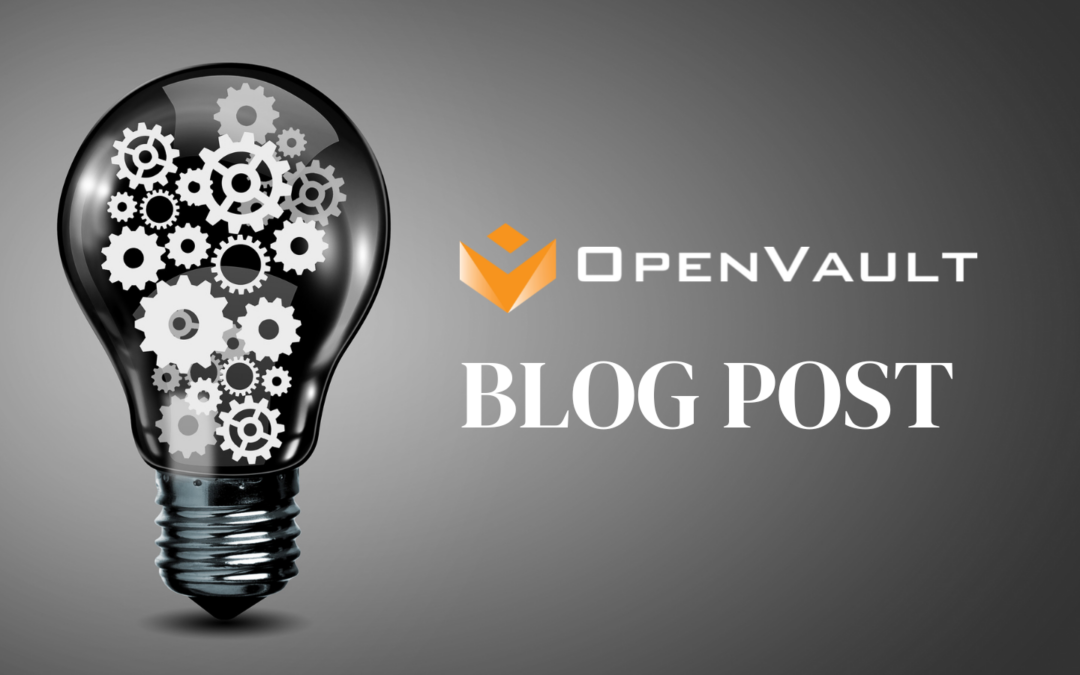When AOL dial-up service is discontinued next Tuesday, the date couldn’t be more fitting. As the beeps, the boops, and the screeches of modems connecting to the Internet are silenced for the last time September 30, many of the biggest names in telecommunications will be at Tech Expo 2025 in Washington, DC discussing the future of broadband.
In the blistering pace of internet time, it all seems like ancient history now, but it was only 30 years ago when AOL was the future. We installed software from a seemingly endless trove of promotional CDs, agonized over finding just the right screen name, and marveled when we were connected at 9600 baud.
For many of us, AOL and the Internet were one and the same. It truly democratized access to new sources of information, made “You’ve Got Mail” a catchphrase of written communication, and let us build online personas that often combined reality and whimsy. Looking back, AOL was the training wheels that got us to think of communication in a new way.
At its peak in the early 2000s, AOL had between 25 and 30 million dial-up subscribers. Estimates of screen names vary, but a safe place to start is 92 million – that’s the number of screen names and email addresses that a former AOL software engineer pleaded guilty to stealing and selling to a spammer in 2005.
But like many short-lived gadgets – cassette and 8-track players, Walkmen, VCRs and more – AOL was a victim of the relentless advance of technology. When cable and telco technologists innovated ways to scale affordable high-speed internet to the mass market of subscribers, it would be game over for dial-up.
Today, 9600 baud and creeping downloads are artifacts of history. Our most recent OpenVault Broadband Insights report noted that 18 percent of all subscribers are provisioned for download speeds of 1 Gbps or more, and they are consuming, on average, almost 1 TB of downstream data. More than 40 percent of all subscribers are provisioned at 500 Mbps or better.
All of this is putting more pressure on networks. In the fourth quarter of 2024, the subscriber with the highest downstream data usage consumed 34 TB in 4Q24—53x the average downstream usage of 652.3 GB per subscriber. The top individual upstream usage was 5.5 TB, a staggering 123x the average upstream usage of 45.9 GB in 4Q24.
As AOL dial-up taught us, nothing lasts forever. Continued innovation is needed to stay ahead of consumer demand and competition. Broadband operators are rolling out DOCSIS 3.1 and higher technologies that are enabling ever-faster speeds and throughput. OpenVault (Tech Expo Booth J1280) has worked with CableLabs and the rest of the industry to create the Proactive Network Maintenance and Profile Management Application tools that are helping these advanced networks achieve optimal performance.
The last AOL dial-up connections go quiet next Tuesday but we should never forget how it revolutionized our world. It truly helped to move America – and the world – into the Internet age and paved the way for the cable broadband revolution we are continuing next week at Tech Expo 2025.

